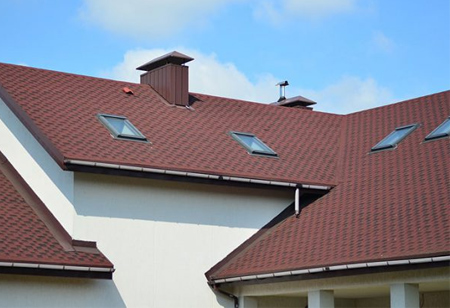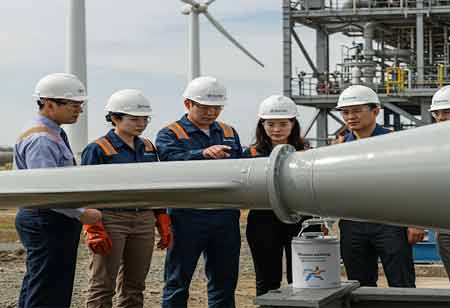Thank you for Subscribing to Construction Business Review Weekly Brief
Specials
- Apartment and Condominium Contractors Canada
- Decking Canada
- Architectural Glass Europe
- MEP APAC
- Construction Saudi Arabia
- German Apartment and Condominium Contractors
- Construction Law APAC
- Outdoor Construction
- Foundation Construction Canada
- MEP Canada
- Kitchen and Bath
- Cold Storage Construction APAC
- Precast Concrete Europe
- Construction Staffing Europe
- Pre-Construction Services
- Flooring System APAC
- Scaffolding Canada
- Swimming Pool Construction Canada
- Construction Management Canada
- Cold Storage Construction Canada
- Flooring Systems Europe
- Residential Construction
- Concrete Canada
- Construction Cladding Europe
- Construction Cladding APAC
- Concretes, Aggregates and Construction Materials APAC
- Concretes, Aggregates and Construction Materials Europe
- Commercial Contractors Europe
- Commercial Contractors APAC
- Dummy
- Construction Insulation, Coating and Waterproofing
- Construction Management APAC
- Landscaping Canada
- Construction Coating Europe
- Construction Tech Startups Europe
- Insulation Services Europe
- Mechanical Contractor Canada
- Mould Remediation and Testing Europe
- Swimming Pool Construction APAC
- Building Sealing Solutions Europe
- Construction Engineering Services
- Mechanical Electrical and Plumbing
- Roofing Systems Europe
- Architectural Glass APAC
- Startups APAC
- Construction Forensic and Owners Representative
- Flooring System
- Waterproofing APAC
- Wall Systems
- Safety and Compliance Europe
- Construction Equipment
- Modular and Prefab Construction
- Architectural Glass
- Construction MENA
- Construction Demolition and Recycling Europe
- Modular Construction Europe
- Construction Interiors
- Steel Building APAC
- HVAC
- Doors and windows
- Modular Construction APAC
- Building Information Modeling APAC
- Sustainable Construction APAC
- Building Restoration and Maintenance
- Commercial Contractors
- Specialty Construction
- Construction Engineering Canada
- Construction Engineering MENA
- Modular Construction Canada
- Construction Demolition Canada
- Roofing and Siding Systems
- Construction Latam
- Construction Staffing
- Roofing Systems APAC
- Construction Consulting
- Steel Building Europe
- Construction Demolition and Recycling APAC
- Safety and Compliance APAC
- Concretes, Aggregates and Construction Materials
- Construction Cladding
Three Ways to Prevent Roofing Problems
Roofing systems on institutional and commercial infrastructure are usually an afterthought for building occupants until the roof leaks, that is.

By
Construction Business Review | Saturday, April 03, 2021
Stay ahead of the industry with exclusive feature stories on the top companies, expert insights and the latest news delivered straight to your inbox. Subscribe today.
Roofing systems on institutional and commercial infrastructure are usually an afterthought for building occupants until the roof leaks, that is. Roof leaks are an annoyance for occupants at best, but they can also damage property and expensive repairs.
Fremont, CA: Roof systems are among the most challenging elements for building management and engineering managers to maintain. Managers should concentrate their maintenance efforts on three of the most common roofing trouble spots to effectively use department resources: flashing, roof penetration, and foot traffic. Through carrying out routine inspections, thorough maintenance, and continuous mitigation, the best way to combat these problems is.
Flashing Points
Flashings are just a tiny portion of a roof's total area, but instead of the field membrane, a technician may also track issues and leaks back to a flash. Anywhere a membrane terminates is a chance for water infiltration and, therefore, a weak spot in the system, especially if installers did not correctly detail it.
Flashing materials should reach or exceed the roof's life expectancy because of their significance. Flashings often connect various moving components, so they should be able to accept thermal and load-induced movement, mainly if they are located above an expansion joint.
Ponding water on flickering seams raises the risk of failure, so technicians can take precautions where possible to stop them. Technicians should build crickets or water diverters around mechanical curbs to aid drainage to further minimize ponding at flashing seams. Usually, vertical flashes can stretch at least 8 inches above the roof. An easy and inexpensive solution to reduce ponding is installing a PVC condensate line to bring water from rooftop HVAC equipment to the nearest drain. Roof drains should also be kept clear and working by technicians.
Technicians should note open seams, punctures, decolorations, and sagging membranes on vertical curbs during routine inspections. When the membrane is unadhered from the rising vertical wall, parapet, or curb, membrane bridging usually occurs. The bridge strains the material, which can cause rips and tears to occur. Before the next roof repair, technicians should preventively patch the area.
Flashings can also be investigated periodically or after severe weather events. Other discovered problems, such as rotted wood nailers, corroded fasteners, and deteriorated insulation, should not be overlooked by technicians if roof parts are opened. If repairs are required, technicians must make sure that they are sufficiently detailed and that materials consistent with the roof type are used. Many studies indicate that implementing the manufacturer's prescribed inspection and repair schedule results in longer roof life and lower roof costs overall.





